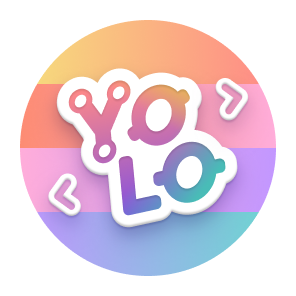I use my degree in chemistry to write software to do math that models the physics of experiments that we're running to learn about biology.
I'm currently a computational scientist at Lawrence Berkeley National Laboratory in the field of macromolecular X-ray crystallography, specifically at X-ray free electron lasers (XFELs). Over the last decade my research projects have focused on computational methods development for serial crystallography and cryoEM, investigating the mechanism of oxygenic photosynthesis through pump-probe XFEL experiments, density modification in XRD/EM maps, ML-aided feature discovery in XRD/EM maps, and investigating the functional roles and mechanisms of posttranscriptional modifications on ribosomes. I enjoy projects at the interfaces of multiple fields.
I work on crystallography data reduction software for the steps between photons hitting the detector and a merged set of structure factors. I also support XFEL experiments, both on site and remotely, and assist in post-experiment data processing as needed. My PhD focused on using simultaneous XFEL crystallography and XES spectroscopy to probe the water splitting reaction in oxygenic photosynthesis. I did a postdoc in computational methods development for cryoEM, and I'm now back to XFEL crystallography but still in methods development.
All my work is open source and mostly under the cctbx project (see cctbx_project/xfel/ui for some of my contributions). The cctbx project is mostly python with a bunch of C++ under the hood (including some low-level stuff redundant with scipy and numpy because those weren't around yet!), plus a user-facing wxPython GUI. More recently we've done a ton of work with GPU acceleration (using Kokkos, to support NVIDIA, Intel and AMD architectures) and scaling up at supercomputing centers at national labs in anticipation of next-gen experimental capabilities. I derive too much joy from writing bash-sed-awk monstrosities on the occasions we need them to fix an urgent problem during an experiment, and I guess I'm most proud of the fact that I somewhat understand git.


